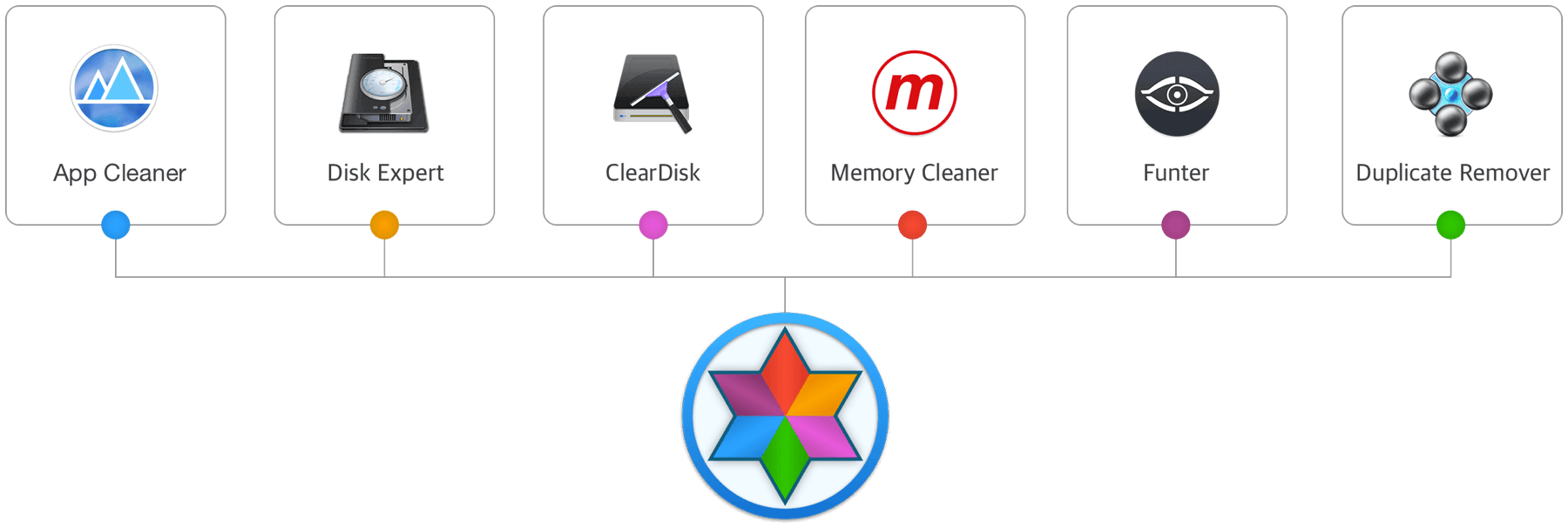

Programs and applications that come bundled into the software you’re using on a daily basis can take up the most space on your hard drive without you even knowing they’re there. Other hidden culprits include old (often redundant) Windows system files that remain after a new Windows update has been implemented. Many day-to-day files also take up more space than you may realize, especially if hidden duplicates abound. Space taken up by photos and videos in particular can add up quickly, due to advancements made in high-quality image capture. You should also look for temporary files used by other programs. Chrome browser caches, for example, can take up a sizeable chunk of your C drive and must be cleared regularly. In addition to file type and size, it’s important to be aware of where your files are living. Content on your desktop and in synced OneDrive folders, as well as anything stored in your downloads or recycle bin, all consume space. When it comes to how to clean a hard drive, a number of tools and tips exist to help you remove unnecessary files and applications.


 0 kommentar(er)
0 kommentar(er)
